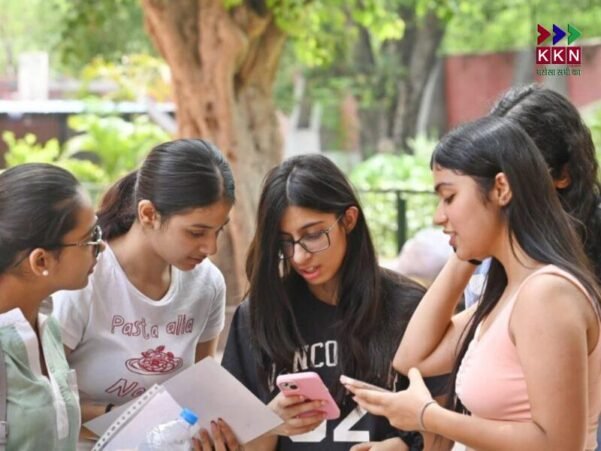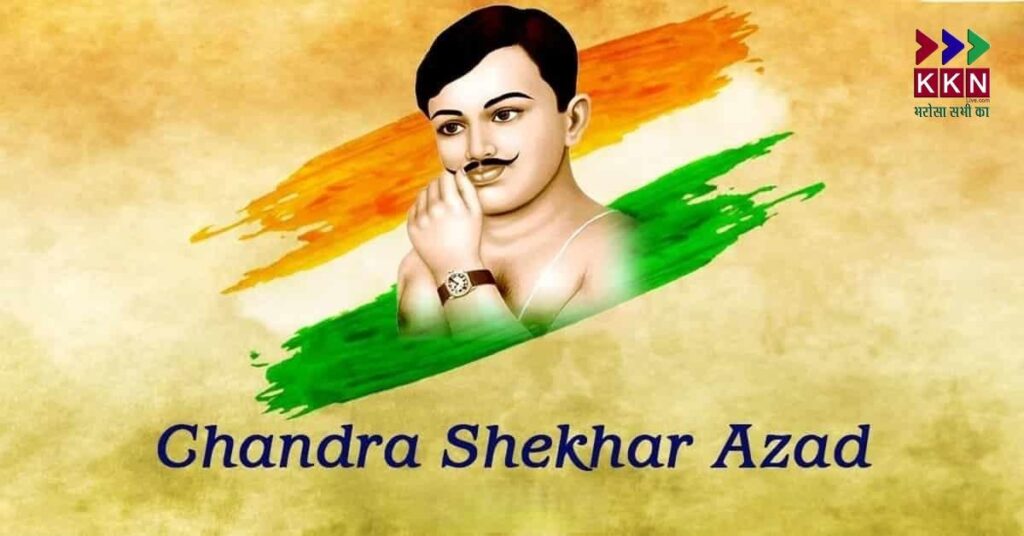Janmashtami, also known as Krishna Janmashtami, celebrates the divine birth of Lord Krishna, the eighth avatar of Lord Vishnu. According to Hindu scriptures, Lord Krishna was born in Dwapar Yuga on the Ashtami Tithi of Krishna Paksha in the month of Bhadrapada, under the Rohini Nakshatra.
Every year, devotees across India and the world observe this sacred day with fasting, midnight puja, and grand celebrations. In 2025, the festival will mark the 5252nd birth anniversary of Lord Krishna, making it a momentous occasion for devotees everywhere.
Confusion Over Janmashtami 2025 Date
In 2025, there is a rare situation where Ashtami Tithi and Rohini Nakshatra do not coincide. This has caused uncertainty among devotees about whether to celebrate Janmashtami on 15 August or 16 August.
As per the Hindu Panchang, Ashtami Tithi begins at 11:49 PM on 15 August 2025 and ends at 9:24 PM on 16 August 2025. Meanwhile, Rohini Nakshatra will start at 4:38 AM on 17 August 2025.
Because these two astrological elements are not aligning, the question arises—when should Janmashtami be celebrated this year?
Why Janmashtami Will Be Observed on 16 August 2025
In years when Ashtami Tithi and Rohini Nakshatra do not occur together, Janmashtami is celebrated according to the Udaya Tithi, which is the tithi prevailing at sunrise. Based on this rule, the correct day for Janmashtami in 2025 will be Saturday, 16 August.
Devotees will observe fasts, perform traditional rituals, and celebrate the birth of Lord Krishna at midnight between 16 and 17 August.
Nishita Kaal Puja Muhurat
The most important ritual of Janmashtami is the midnight worship during Nishita Kaal. This is considered the exact time of Lord Krishna’s birth, and performing puja during this period is believed to bring immense spiritual merit.
In 2025, the Nishita Puja Muhurat will be from 12:04 AM to 12:47 AM on 17 August. This gives devotees a 43-minute window to perform the sacred rituals. The exact moment of midnight will be at 12:25 AM.
Moonrise and Vrat Paran Timing
Moonrise on Janmashtami night will occur at 11:32 PM. Many devotees prefer to have darshan of the moon before beginning the midnight puja.
For those observing a Janmashtami fast, known as Krishna Janmashtami Vrat, the fast can be broken after the puja or at sunrise. The Vrat Paran time after midnight will be 12:47 AM on 17 August. For those waiting until morning, the fast can be broken after 5:51 AM on 17 August.
Traditional Janmashtami Rituals
Janmashtami celebrations begin early in the day with elaborate preparations. Homes and temples are cleaned, decorated with flowers, and adorned with colorful lights. A cradle for Laddu Gopal, the child form of Lord Krishna, is set up in homes and temples.
Devotees observe a strict fast throughout the day, often without water, until the midnight puja. As midnight approaches, preparations for the Abhishek (ceremonial bathing of the deity) begin.
During Abhishek, Laddu Gopal is bathed with panchamrit—a sacred mixture of milk, curd, honey, ghee, and sugar. Tulsi leaves are added as they are considered dear to Lord Krishna. After the bath, the idol is dressed in new clothes, decorated with jewelry, and placed in a beautifully decorated cradle.
Offering Bhog and Special Prasad
After the Abhishek and dressing, devotees offer makhan mishri, butter, sweets, fruits, and panjiri to the deity. These offerings symbolize Krishna’s love for butter and sweets during his childhood in Vrindavan.
The bhog is later distributed among devotees as prasad, which is believed to carry divine blessings.
Importance of Midnight Celebration
Midnight is considered the divine moment when Lord Krishna appeared in Mathura to Devaki and Vasudeva. This time is celebrated with the blowing of conch shells, ringing of bells, and chanting of “Hare Krishna” and other devotional hymns.
Temples, especially in Mathura and Vrindavan, organize grand events with bhajan sessions, dance dramas depicting Krishna’s life, and special darshan for devotees.
Symbolic Practices for Devotees
Many devotees observe Janmashtami not just as a festival but as a reminder of Krishna’s teachings in the Bhagavad Gita. Fasting symbolizes self-control, while the midnight worship represents the spiritual awakening of the soul.
The decoration of the cradle and the act of swinging Laddu Gopal reflects the joy and devotion felt by devotees at the time of Krishna’s birth.
Significance of Rohini Nakshatra in Janmashtami
While Rohini Nakshatra does not coincide with Ashtami Tithi in 2025, its spiritual significance remains. According to legends, Rohini is considered the most auspicious of all nakshatras, and Lord Krishna’s birth under it is symbolic of prosperity, love, and divine charm.
When both Ashtami Tithi and Rohini Nakshatra align, Janmashtami is considered especially powerful. However, even in years like 2025, the festival is celebrated with equal devotion and enthusiasm.
Devotee Guidelines for Janmashtami 2025
To observe Janmashtami in 2025, devotees are encouraged to follow certain traditions:
Keep a strict fast during the day.
Begin preparations for puja in the evening.
Celebrate the birth of Lord Krishna exactly at midnight.
Perform the ceremonial bathing of Laddu Gopal with milk, curd, honey, ghee, and sugar.
Dress the idol in fresh clothes and ornaments.
Offer bhog of butter, sweets, tulsi leaves, and fruits.
These rituals are considered essential to receive divine blessings from Lord Krishna.
Nationwide Celebrations and Variations
While the core rituals remain the same, Janmashtami celebrations vary across India. In Maharashtra, the Dahi Handi tradition is a major highlight, where youth form human pyramids to break a pot of curd hung high above the ground.
In Gujarat, the Dwarkadhish Temple witnesses massive gatherings and devotional singing throughout the night. In South India, temples are decorated with intricate rangolis and oil lamps, while in Manipur, traditional Raslila dance performances mark the occasion.
Spiritual Benefits of Janmashtami Fasting and Worship
Fasting on Janmashtami is believed to purify the mind and body, removing negative energies and strengthening spiritual resolve. Worshipping during Nishita Kaal is said to bring peace, prosperity, and protection from hardships.
According to Hindu belief, sincere devotion on this day can wash away past sins and bring the devotee closer to moksha (liberation).
Janmashtami 2025 will be celebrated on 16 August, with the main puja taking place during the Nishita Kaal between 12:04 AM and 12:47 AM on 17 August. Despite the absence of Rohini Nakshatra on Ashtami Tithi this year, the spiritual significance of the festival remains strong.
By observing fasts, performing midnight worship, and following the traditional rituals, devotees can experience deep spiritual fulfillment and invoke the blessings of Lord Krishna.
The festival is not only a celebration of Krishna’s birth but also a reminder to live by his teachings of righteousness, compassion, and devotion.


